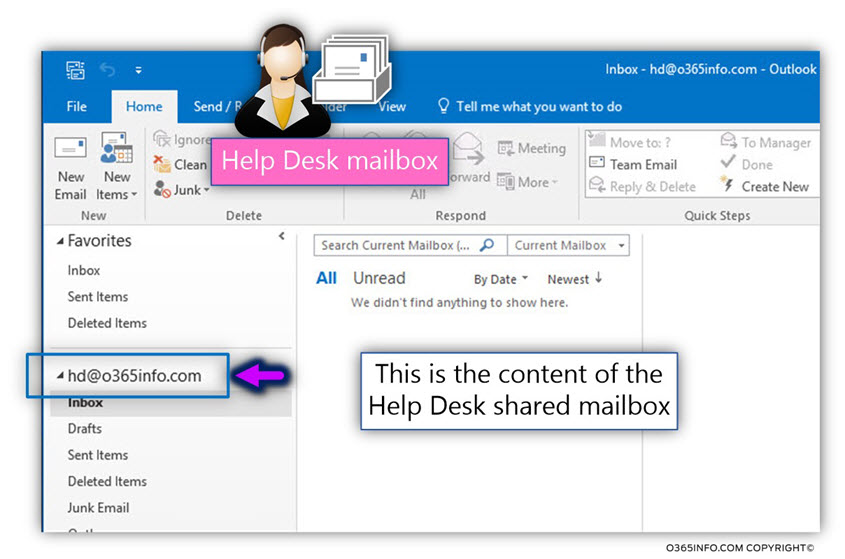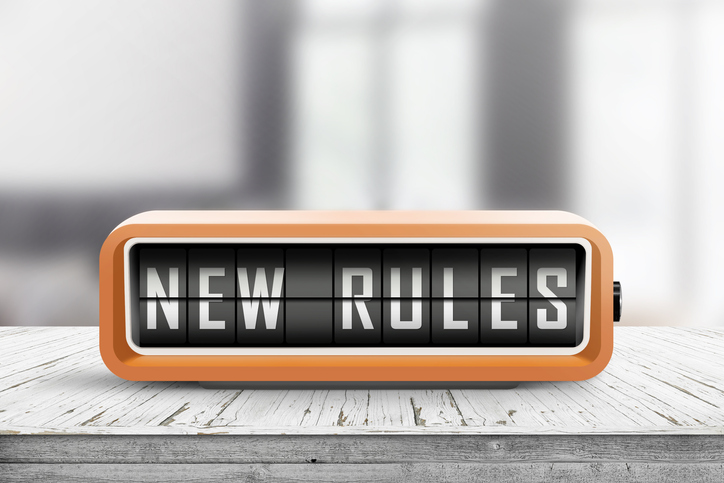
There are really only three ways in the law to impeach someone’s credibility: perception, bias or integrity. Second, if the VA can sustain a credibility challenge to the affidavit, that may be enough to overcome the presumption. Now, the Federal Circuit left open two paths for the VA to rebut the common law mailbox rule’s presumption of receipt.įirst, if the sworn declaration is conclusory, it may not be sufficient to invoke the presumption of receipt in the first place. Those circuits overwhelmingly held that a sworn statement can be credible evidence of mailing for the purposes of invoking the mailbox rule.Īnd that’s what the Federal Circuit held:Ī sworn declaration or affidavit from a veteran or his counsel with sufficient specificity can be sufficient to invoke the common law mailbox rule’s presumption that the VA received a filing it did not have in the claims file.

The Federal Circuit then surveyed caselaw in several other federal circuits: the Second, Third, Fifth, Sixth, Ninth. It told the Veterans Court that a veteran could invoke the common law mailbox rule through either direct proof of mailing or evidence of mailing custom or routine practice. The Federal Circuit then looked at the case law in the Circuit.įifteen years earlier, the Court had told the Veterans Court that it was wrong to say that extrinsic evidence could not be used to show that a particular filing was timely. But the burden to rebut is on the VA – because in terms of the common law mailbox rule, the presumption is that a properly addressed, stamped, and mailed item reached its destination. The rule is not conclusive, it is an inference of fact, and like most presumptions, can be rebutted. In layman’s terms – if you put something in the mail – properly – it is presumed to have gotten there. That rule, which derives to at least the early 1800s, and was well accepted in American law by the 1890s, stated that ‘if a letter properly directed is proved to have been either put into the post office or delivered to the postman, it is presumed, from the known course of business in the post office department, that it reached its destination at the regular time, and was received by the person to whom it was addressed.’ ” The Federal Circuit started with an explanation of what the common law mailbox rule was. Anania appealed to the Federal Circuit, which reversed the Veterans Court. The Veterans Court – Judge Schoelen, who served as a judge from 2004 to 2019, when she took senior status – held that “a party’s own self-serving testimony” per se insufficient to establish the presumption of receipt under the common law mailbox rule. The BVA held that an affidavit by the veteran’s attorney was so self-serving that it couldn’t overcome the presumption of regularity. The BVA denied the appeal saying that the veteran had not overcome the presumption of regularity – a legal theory that said that things are presumed to have happened in the regular way absent any evidence to the contrary (I’m way over-simplifying the presumption of regularity). What did the BVA and Veterans Court say about the common law mailbox rule? The VA issued an SSOC finding that the VA9 had not been timely filed and, in appealing that to the BVA, the veteran’s lawyer prepared a sworn declaration explaining how he properly addressed, stamped and placed for delivery in the mail the VA Form 9.

Anania to the Board of Veterans’ Appeals (Board or BVA) requesting confirmation that it had docketed Mr.


In June 2012, counsel for veteran sent a letter on behalf of Mr. The appeal would be certified to the BVA and docketed for hearing or decision. Remember under Legacy Appeals, getting to the BVA required veteran first file a NOD, then wait for the VA for years to issue a SOC, then the vet had 60 days to file a VA9. Anania had until March 3, 2010, to file his substantive appeal to a VA SSOC. This case went back and forth between the BVA and the CAVC at least 3 times before we got the CAVC memorandum decision that could be appealed to the Federal Circuit. As with most appeals in the Legacy Appeals system, this appeal bounced to and from the Veterans Court like a paddle ball. So I’m going to shorten up this case’s procedural history. This case changes that – and provides basic, reasonable, and veteran friendly elements that must be established to invoke the presumption that the VA received what the veteran properly mailed. McDonough, which deals with the “common law mailbox rule” and its presumption of receipt of properly mailed items, is a big win for veterans.įor years, the Veterans Court has strictly limited the availability of the “common law mailbox rule” to presume that the VA received something that the veteran or survivor mailed to it.


 0 kommentar(er)
0 kommentar(er)
